The post How to Use Photography to Teach Your Children Maths, English, Physics and More! appeared first on Digital Photography School. It was authored by Carl Spring.

It is certainly a weird time right now. We are all suddenly expected to become teachers due to the current lockdowns. While we all have different skills, we are all full of knowledge about photography. You may be wondering, how you can use photography to teach your children during this difficult time.
It’s actually easier than you think! Moreover, it can give your children a passion for learning during this difficult time.

Where to start?
I first want to give you some more general points about homeschooling during these times.
In a classroom, your child will be one of many. They do not have a teacher over their shoulder the whole lesson, so try not to hover. Set them a task and let them explore.
It’s hard to do as we always want to see our children happy, but sometimes you just need to let them make mistakes.
When using photography to teach your children, it can be easy to take the camera and do it for them. However, this does two things:
- It means they don’t learn anything for themselves
- It can make them feel stupid or incapable.
Remember when you first started with photography. I know I made several mistakes, as I am sure you did. When I finally figured out my mistake and got the result I wanted, I felt a great sense of achievement.
The only way for your child to feel this same sense of achievement is to let your child fail and figure things out for themselves. Failing is one of the best tools for learning. It gives them a great sense of satisfaction when they succeed.
So let’s take a look at some of the key subjects and how you can use photography to teach your children.
Maths
Maths is usually the most dreaded of all subjects. The best way to use photography to teach your children maths is by using the exposure triangle.
The exposure triangle uses equations, which is a key skill in maths. Unsure of using manual exposure yourself? Why not learn along with your child. This demonstrates to them that learning is a lifelong skill.
Start by explaining that every time you double your shutter speed, it equals one stop of light. Conversely, every time you double your ISO it equals one stop of light. So, if you double one, you need to double the other. If you halve one, you need to halve the other.
To start, take a correctly exposed photo. Then challenge your child to alter the shutter speed and ISO but to keep the correct exposure.
To demonstrate this, take a photo at ISO 400 and make a note of the shutter speed. You can then explain that when you halve your ISO you also have to halve your shutter speed. You can make this harder by giving them a high ISO (say 1600) and ask them to keep the exposure with an ISO of 100.
You can also give these questions on paper, then take them out into the real world.
Example Question.
Jack takes a photograph. His camera gives him the correct exposure at ISO 400 and a shutter speed of 1/200th of a second. If Jack wants to change his shutter speed to 1/100th second, what ISO value does he need?
You can then make things more complex by adding aperture. This is a great way to show how equations work in a practical environment.

Science/physics
For this, you will need a flash for your camera to demonstrate.
There is an inverse square law and how it affects photography. The inverse square law states:
The intensity of an effect such as illumination or gravitational force changes in inverse proportion to the square of the distance from the source.
When you double the distance between a light source and a subject, the amount of light falls off by 3/4. This also means that the greater the distance between the light and the subject, the less harsh the fall off of light across it.
The most fun way to demonstrate this is to show what happens when you change the distance between a flash and subject, and the impact on the light fall off.
Start by placing the flash close to the subject (say 30cm) then move the flash about 1.5 meters from the background.
When the flash is close, any background will be almost black, but when further away, the exposure on the background and the subject will be almost identical.
For more science-based work, give your child a shiny or reflective object to light. Light travels in a straight line, so getting them to change the position of the light or object means reflections can be minimized or enhanced.

History
This can be done in a variety of ways. They can research a specific photographer from history or research a time period (e.g., the 60s) through photography. Get them to look for similarities in the works and create a presentation or written report on this. Try using our Lessons From the Masters Series for this.
They should also be encouraged to create history by recording their experiences in this time. The possibilities here are endless, including creating a Vlog (you don’t need to upload it to YouTube if you don’t want to), creating a photo story, writing a journal, etc.
We are living through a major historical event, get your children to record it.
Design and technology
Get your children to create a backdrop for a photoshoot. Get them to choose a toy or give them a household object such as hand soap and create a backdrop for this.
You can keep the brief as open or closed as possible. You could get them to build something only using a set of equipment given to them. Or let them create something from whatever they can find. If you have access to a tool shed, you can get creative with scrap wood, etc. This can then be used for the next lesson.
Making a backdrop will involve physics and maths skills (forces and measurements respectively).
See more DIY projects here.
Graphic products and graphic design
Use the backdrop your child has built to create an image that will become an advertising campaign for a project.
You can teach them how to edit a photo. From here, you can then get them to use the image in a poster to promote the product they have photographed. Not only does this involve graphic skills, you can involve English skills by encouraging them come up with the slogan and blurb for the product.
This also has a nice crossover into ICT in terms of using the software for designing and editing the photographs.

English
Although not strictly photography, a great way to involve English in using photography to teach your children is to make a film. This means writing a script, which teaches them about formatting work. It also gets them to think creatively and produce an original piece of writing.
You can extend this to include art by getting them to storyboard the project. Then push it into design and technology by creating a set.
If you have access to lights, you can even get them to light the scene and look at how placing the light in different positions creates a different mood. This can then lead to talking about low-key lighting and high-key lighting. This also involves physics in terms of light direction and the inverse square law.

Art
The most obvious way of doing this is getting your children to take photographs, but it is easy for this to lack structure. To make sure this is more learning-based, you can give them a brief.
Give them a household object and get them to photograph it in an unusual or abstract way. If you want to make this more game-based, get them to take photographs of 5 household objects of their choosing and then present them to you and see if you can guess what they are.
For a more traditional photographic approach, you can give your child a theme to photograph. You can use our weekly challenges to give them the theme if you are stuck for ideas.
When complete, sit down and critique the images together. You can use this to explain things such as composition.
If you want to go more into theory, you can teach them about the rule of thirds. Get them to look at photographs and see if they can see this within them.
The easiest way is to use a grid in something like PowerPoint that you can overlay onto different images. They can then use this to identify patterns in images they like or that you give them to study. You can also use this for things such as leading lines, foreground interest and so on.
Art fits in perfectly for photography, but to make sure it aids learning, all you need to add is a little structure.

Equipment
Obviously, you can give your kids your camera, but if you don’t feel comfortable with this, for most of these lessons, you can use a camera phone or the camera on a tablet. Many of the images in this article are iPhone images.
The lighting you use also doesn’t need to be some beautiful color-balanced LED panels. An angel-poise lamp works brilliantly, or even a simple torch will do the job.
For the sections on the exposure triangle, you will need access to a camera with full manual controls. In fact, you can possibly use a manual camera phone app in a pinch.
In terms of software, there is GIMP, which is free for photo editing. Also, Affinity Software is doing a 90-day free trial on all their software during this time.
Over to you
Hopefully, I have given you a few ideas on how you can use photography to teach your children during this difficult time. It gives some activities to try and maybe work that they find more interesting than sitting at a desk writing away.
Remember, homeschooling is very different from being taught in a classroom. There is no expectation of getting it perfect. You are doing your best in a bad situation, and that is all anyone can ask. The same applies to your children; they are finding homeschooling every bit as weird as you are.
Stay safe.
The post How to Use Photography to Teach Your Children Maths, English, Physics and More! appeared first on Digital Photography School. It was authored by Carl Spring.






























































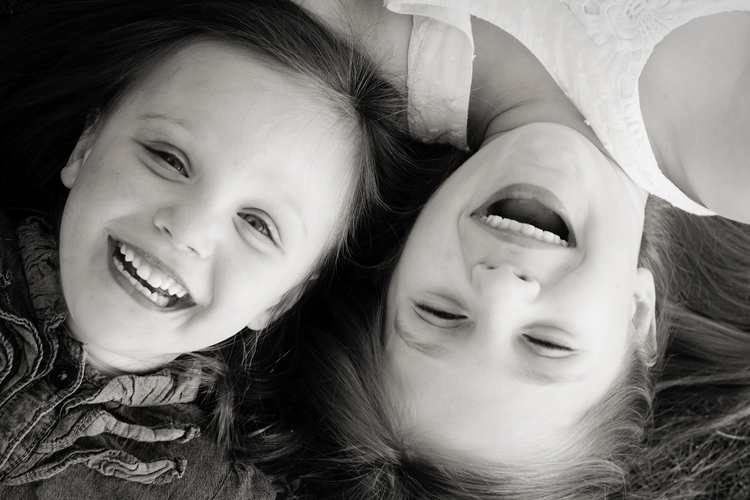
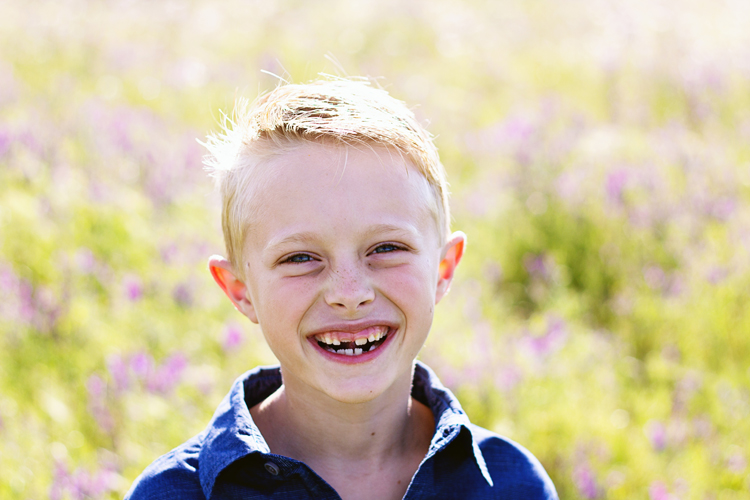
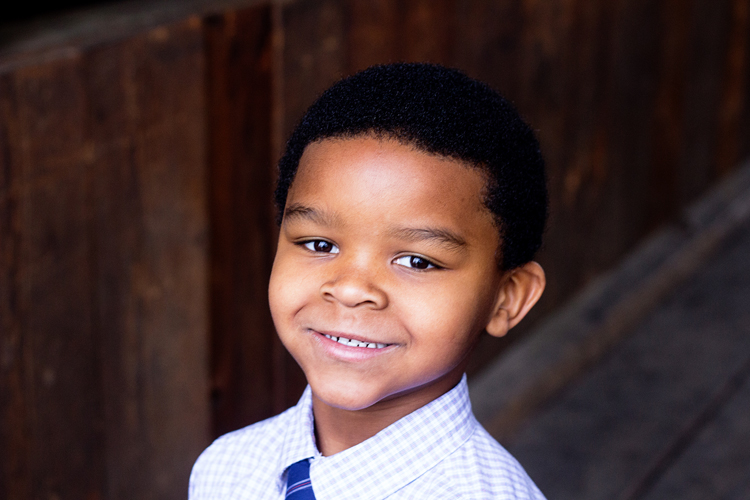
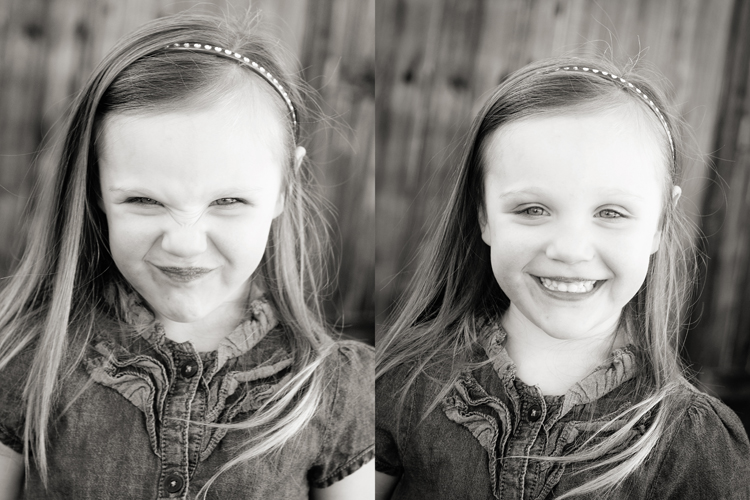
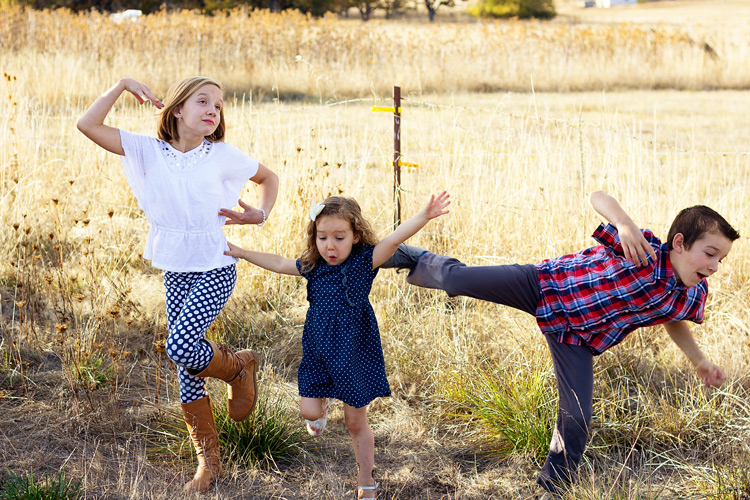
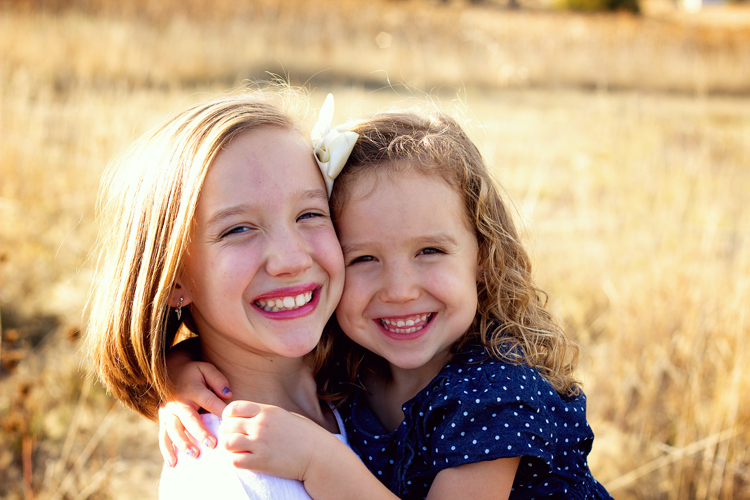
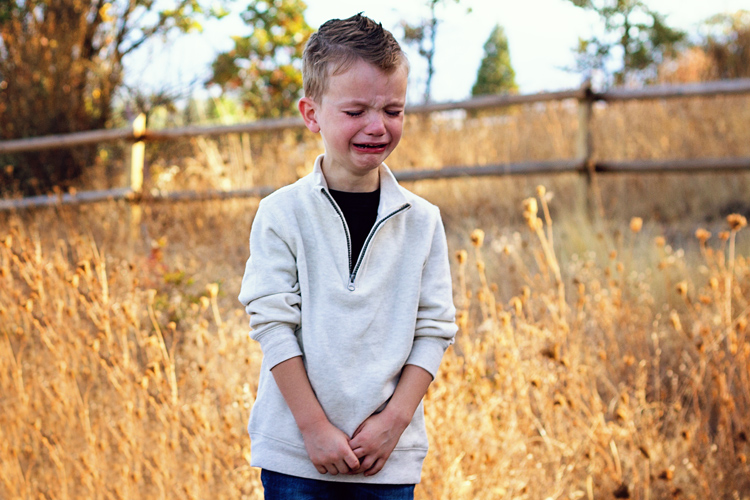
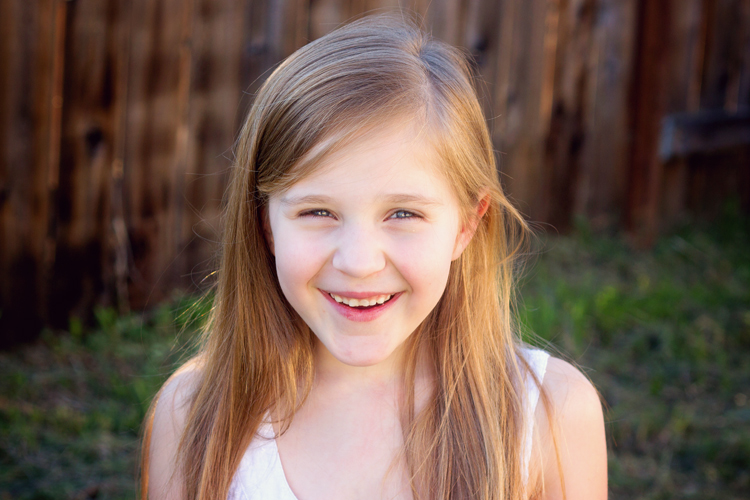
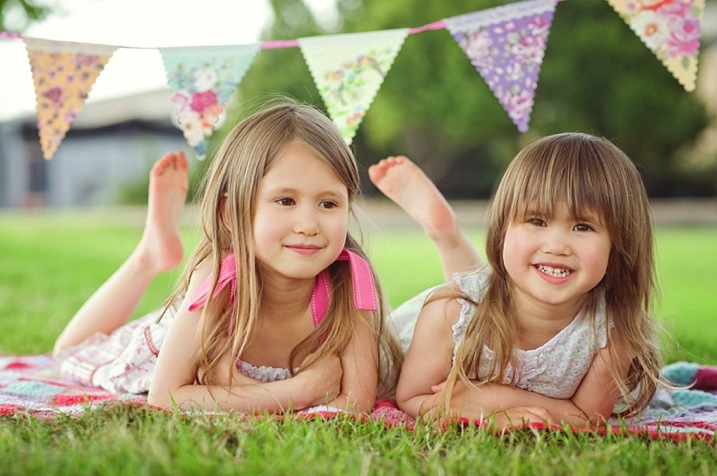
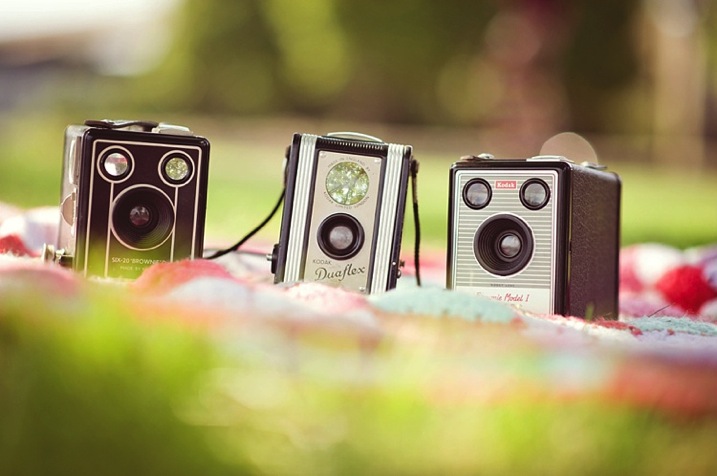
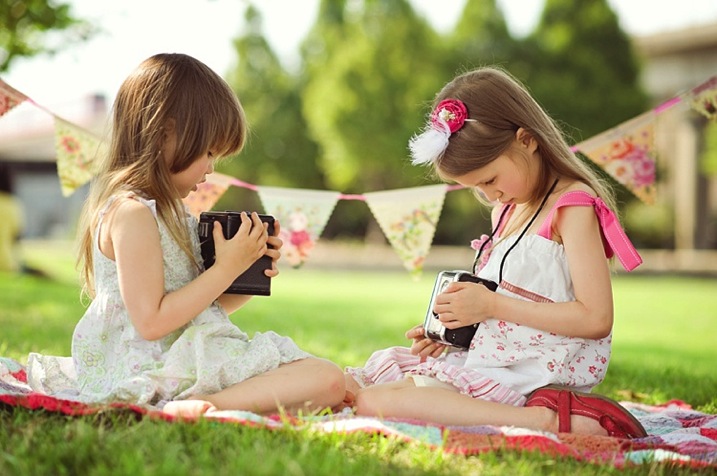
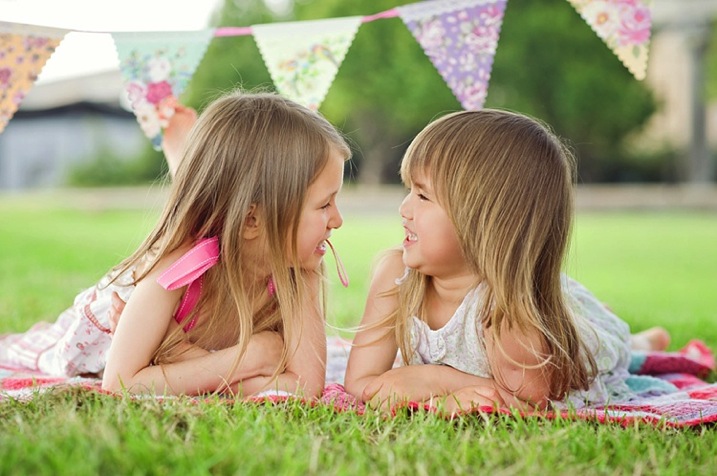
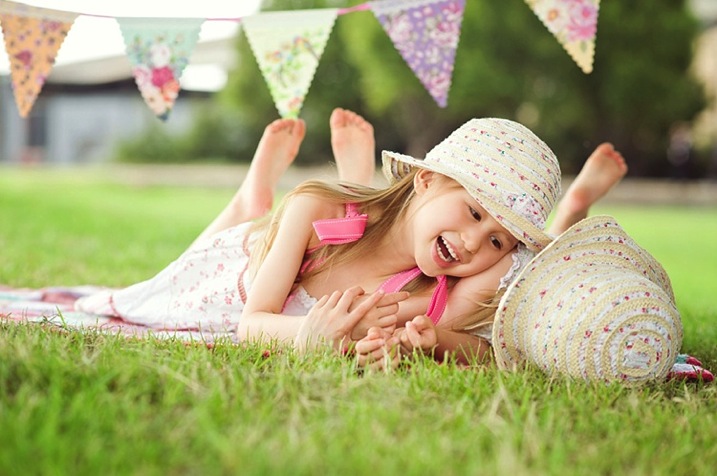

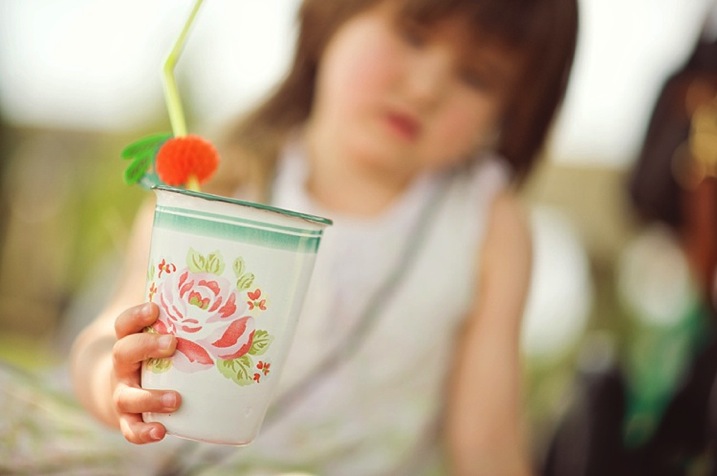
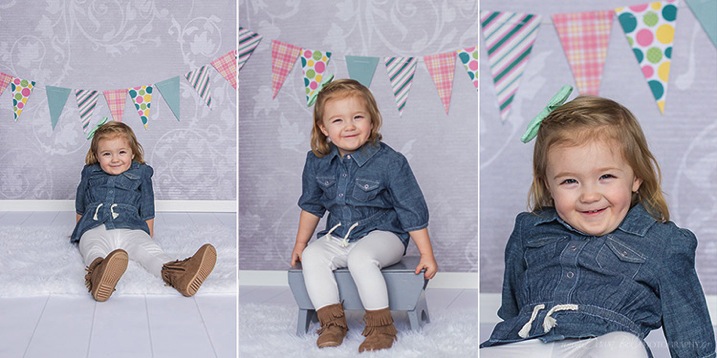
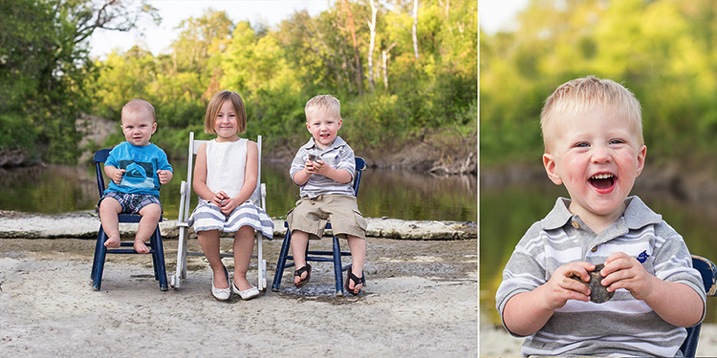

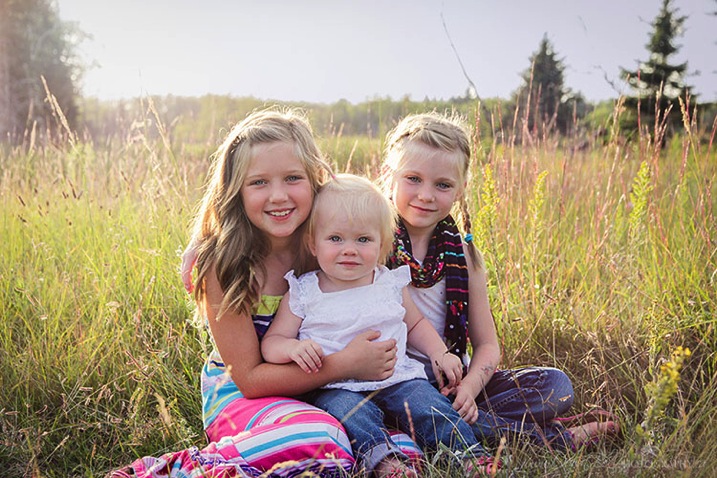
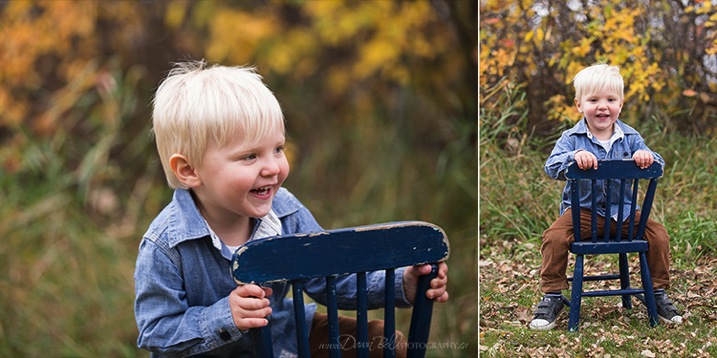
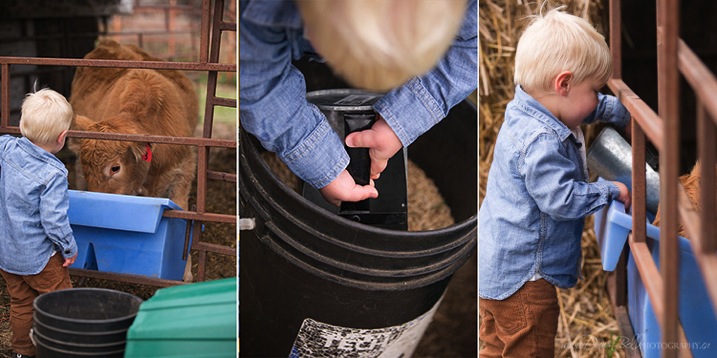
You must be logged in to post a comment.